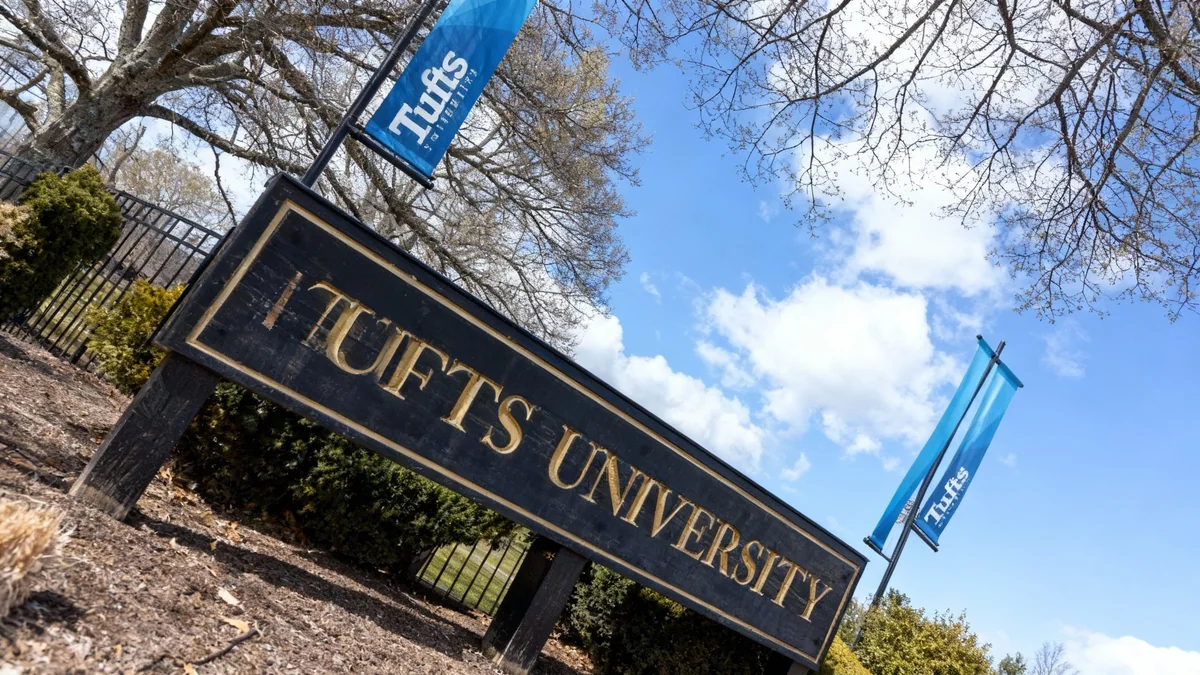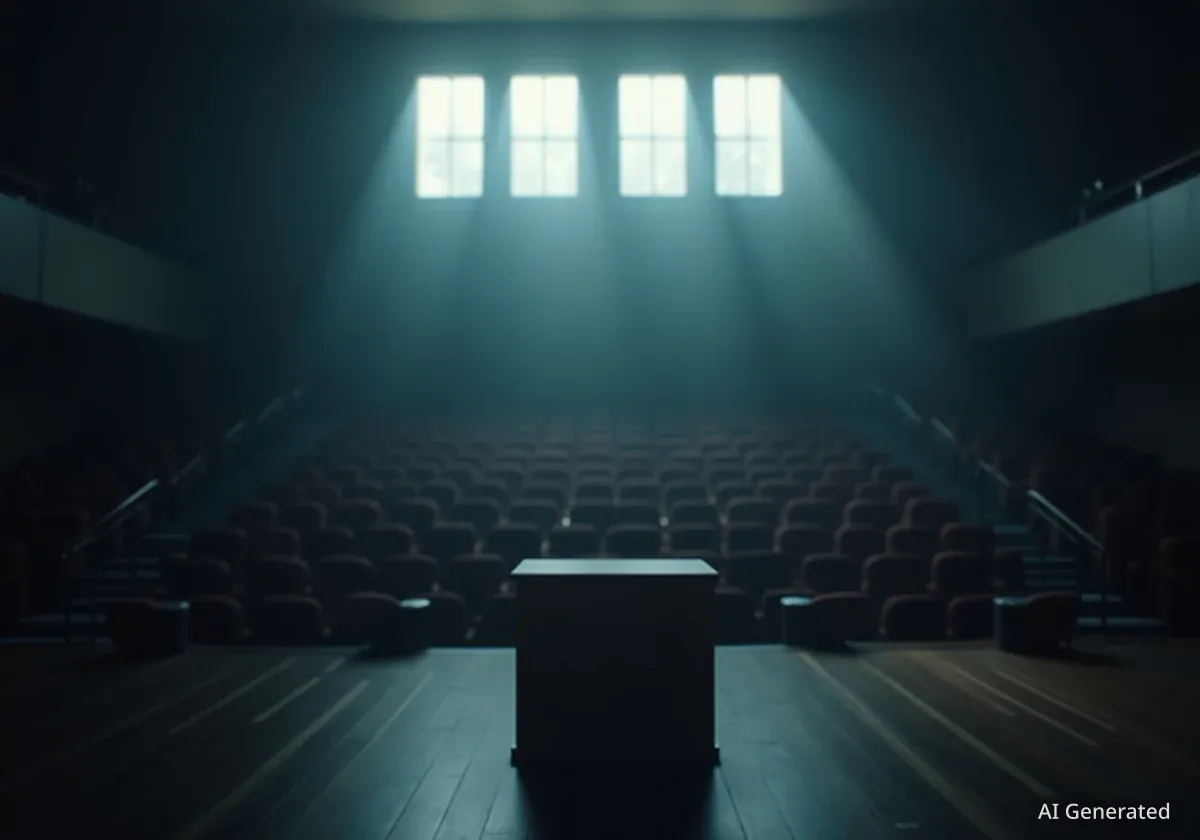A new study reveals that students attending public Montessori preschool programs demonstrate significantly better reading skills, memory, and social understanding by the end of kindergarten compared to their peers in traditional school settings. The research also indicates that this educational model can be more cost-effective for school districts.
The findings stem from a comprehensive study that followed children in 24 public Montessori schools across the United States, including some in the D.C. region. It suggests that the child-led, hands-on approach of Montessori education provides a strong foundation for early academic and personal development.
Key Takeaways
- A new study found public Montessori preschool students have better reading outcomes, executive function, and social skills by the end of kindergarten.
- The Montessori method was found to be more cost-effective, saving school districts over $13,000 per child over a three-year period.
- The educational model focuses on peer learning, self-directed activity, and hands-on materials, which researchers say aligns better with how children naturally learn.
- Despite common perceptions of being exclusive and private, over 600 public schools in the U.S. utilize the Montessori approach.
Study Highlights Clear Academic Advantages
Researchers have identified distinct benefits for children who complete a three-year cycle in a public Montessori preschool program. According to the study, these students entered elementary school with a stronger academic and developmental toolkit.
Angeline Lillard, a professor of psychology at the University of Virginia who worked on the study, explained that the Montessori model produced “significantly better outcomes for children relative to business as usual.” The research tracked students and measured their progress at the end of kindergarten, a critical transition point in a child's education.
“All things being average, the average child is going to do better in a Montessori environment than in another environment,” Lillard stated, summarizing the study's conclusion.
The key areas of improvement were not limited to a single skill. Students from Montessori backgrounds showed enhanced executive function, which includes skills like self-control, working memory, and flexible thinking. They also demonstrated superior reading abilities and a more developed sense of social understanding.
By the Numbers
The study tracked students across 24 public Montessori schools in the United States. It found that for children aged 3 to 6, the Montessori program cost school districts over $13,000 less per child over three years compared to traditional preschool programs.
The Montessori Method Explained
While often associated with private education, the Montessori approach is utilized in over 600 public schools nationwide. The method is distinct from conventional classroom structures and is based on principles of child development observed by Dr. Maria Montessori over a century ago.
Lillard noted that the model is designed around how children naturally learn, rather than on ideas adults have about education. “Most of the models that we use really came out of adults’ ideas, not from studying children and watching them,” she said.
Key Components of a Montessori Classroom
- Mixed-Age Groups: Classrooms typically include children of three different ages, allowing older students to mentor younger ones and fostering a collaborative environment.
- Self-Directed Learning: Children are encouraged to choose their own activities from a range of specially designed materials, allowing them to follow their interests and learn at their own pace.
- Hands-On Materials: Learning is tactile and experiential. For example, students trace sandpaper letters with their fingers to connect the physical motion of writing with the act of reading.
- Trained Teachers: Educators in a Montessori setting act as guides, observing children and introducing them to new challenges when they are ready.
This structure promotes independence, concentration, and a love for learning. The study suggests that this hands-on approach is particularly effective for literacy. “We know that you learn much better how to read when it involves your body and when you learn how to write first,” Lillard explained.
A More Cost-Effective Solution for Schools
Beyond the developmental benefits for students, the research uncovered a significant financial advantage for school districts. The study calculated that a three-year public Montessori program for a child between the ages of three and six costs substantially less than traditional alternatives.
The savings amounted to more than $13,000 per child over the three-year period. This is partly due to the model's structure, which often involves larger student-to-teacher ratios managed effectively through the self-directed learning system and peer-to-peer teaching.
Lillard pointed out that while the positive effects took time to become fully apparent, the end result was “much better outcomes for lower cost.” This finding presents a compelling case for school districts looking to improve early childhood education outcomes while managing tight budgets.
A Growing Public School Option
The perception of Montessori as an expensive, private-only option is slowly changing. The growth of public Montessori programs provides an alternative educational model to a wider range of families, removing the financial barriers often associated with this approach.
Implications for Parents and Educators
The results of this study provide valuable data for parents weighing their preschool options. While the findings point to clear benefits, the decision remains a personal one. Lillard acknowledged that choosing an alternative education model requires a degree of trust from parents.
“School decisions are very individual, and parents have to feel comfortable too when they’re doing something that’s an alternative model,” she said. “It requires a lot of faith, so you have to know, ‘OK, I’m going along with what the research says.’”
For educators and school administrators, the study reinforces previous research indicating the effectiveness of the Montessori method. The dual benefit of improved student performance and lower operational costs could encourage more public school districts to consider implementing or expanding Montessori programs as a viable and effective early childhood education strategy.
As districts nationwide continue to seek evidence-based approaches to close achievement gaps and prepare students for success, the data on public Montessori programs offers a promising path forward.





